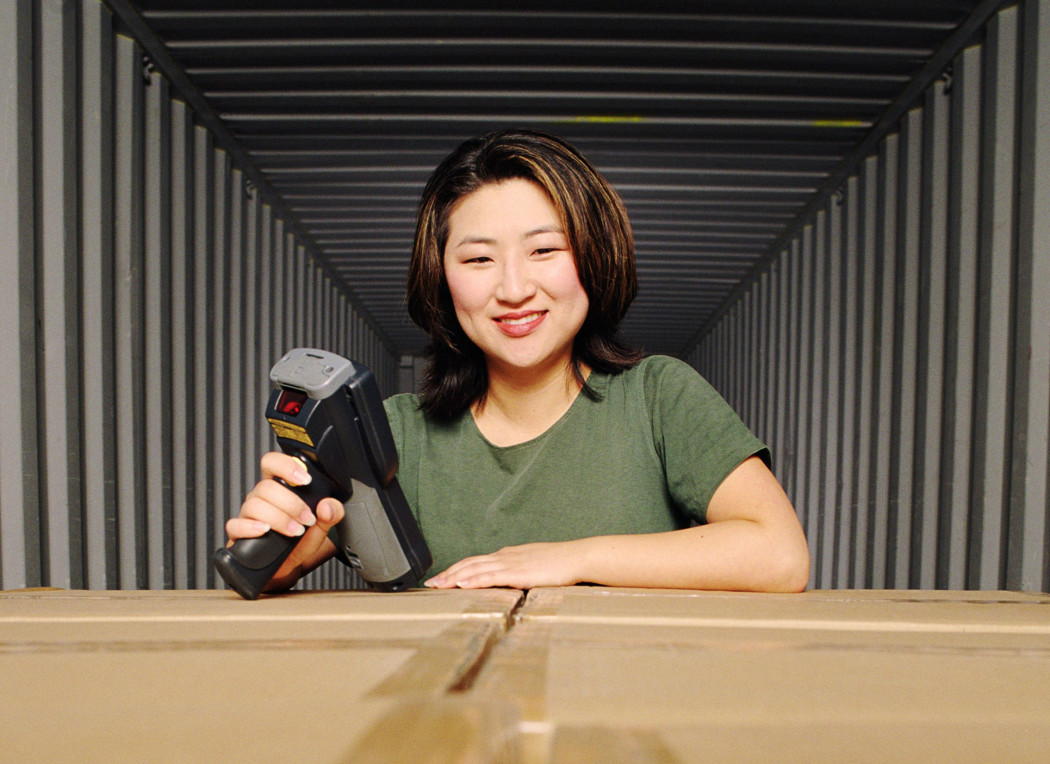Standardising transport data aids global trade
Globalisation and e-commerce are flooding the world with consumer goods. This used to mean small amounts of data accompanying large product volumes as they moved between trading partners (think containers loaded with one or just a few products). Today, the significance of data is becoming much greater as more of it is attached to smaller consignments, the range of products on the move becomes broader and the movements are increasingly from business to consumer as well as from
trader to trader.
Transport operators everywhere rely on the transport data encoded on a logistics label to support their daily operations. Much of this data is still captured and held in various proprietary formats – and that spells inefficiency and extra cost for shippers and retailers as they deal with multiple transport providers and their diversity of systems and processes.
Following work led by e-Commerce Europe in 2014, the Scan4Transport programme led by GS1 Global is driving a common standard that describes the information in 2D barcodes on transport items, and electronic advanced data frameworks to facilitate much faster handling (especially in the “last mile” of any supply chain), and across borders where customs and phytosanitary assessment is required.
Locally GS1 New Zealand has been working with the largest transport providers in this country, including NZ Post, to adopt GS1 standards for use as widely as possible on transport items.

